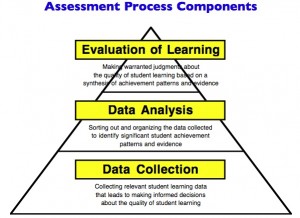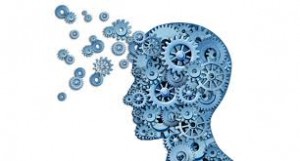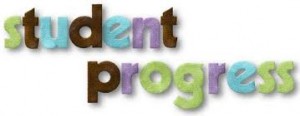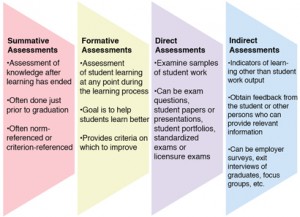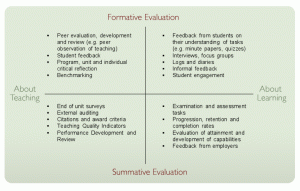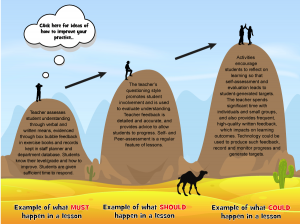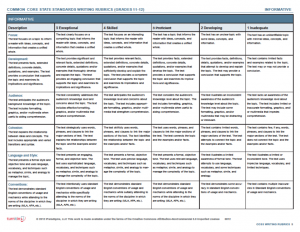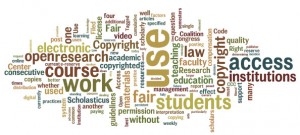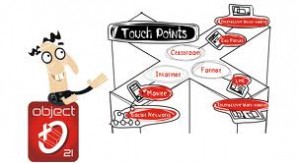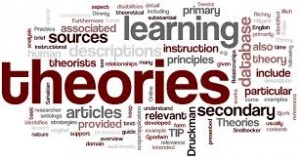One effective way to engage students is through the use of learning objects. They help to differentiate delivery and engage multiple learning styles. 
Instructional Design’s Explanation of Learning Objects
The idea of learning objects is to create media content that is:
- interoperable – can “plug-and-play” with any system or delivery tool
- reusable – can be used or adapted for use in multiple learning events
- accessible – can be stored a way that allows for easy searchability
- manageable – can be tracked and updated over time
Definition
Learning object definitions vary greatly, however the basic idea behind learning objects are as follows:
- “The smallest independent structural experience that contains an objective, a learning activity and an assessment (L’Allier, 1997)
- “Any digital resource that can be reused to support learning” (David Wiley, 2002)
- “Any reusable digital resource that is encapsulated in a lesson or assemblage of lessons grouped in units, modules, courses , and even programmes. A lesson can be defined as a piece of instruction, normally including a learning purpose or purposes.(McGreal, 2002., p. 8)
- “any element of that [instructional] architecture that can be independently drawn into a momentary assembly in order to create an instructional event. Instructional objects can included problem environments, interactive models, instructional problems or problem sets, instructional function modules, modular routines for instructional augmentation (coaching, feedback, etc),), instructional message elements, modular routines for presentation of information, or logic modules related to instructional purposes (management, recording, selecting, etc.). (Gibbons, Nelson, and Richards, n.d., p. 5)
- “the holy grail” of digital content creation (Polsani, Feb. 2003, p1)
Examples of creative learning objects 
FREE
Apple Learning Interchange
Searchable database of “thousands of Internet resources that can be valuable for teaching and learning”
Connexions
The Connexions Project at Rice University has created an open repository of educational materials and tools to promote sharing and exploration of knowledge as a dynamic continuum of interrelated concepts.
Education Network Australia
Supported by education.au, a non-profit company limited by guarantee and owned by the Australian education and training Ministers, EdNA provides users with access to over 16,000 materials of interest to teachers and learners of all levels, covering a wide range of subjects.
Educational Software Components of Tomorrow
A testbed for the integration of innovative technology in middle school mathematics. The project investigates replicable practices that produce predictably high quality digital learning resources”
Learning-Objects.net
Part of a larger collection of resources and forums that inform educators about the potential uses of learning objects and encourages their use and creation.
SUBSCRIPTION
Merlot
Propably the best-known (first?) learning object repository. Excellent site.
Wisc-Online
Good example of a repository that has value to educators and industry.
Splash
This site (or at minimum the concept) has much potential.
“The Portal for Online Objects in Learning (POOL) Project is a consortium of several educational, private and public, sector organizations to develop an infrastructure for learning object repositories. We address the issues of building such architectures including the metadata, software and hardware considerations and bootstrapping the system with initial content. We also make our tools available for download, to help set up similar infrastructures elsewhere and to connect them to POOL. The main advantage of our solution is that it can potentially embrace all nature of individuals and organizations involved in the learning object economy.”
eduSource
“The general vision of the eduSource project is focused on the creation of a network of linked and interoperable learning object repositories across Canada. The initial part of this project will be an inventory of ongoing development of the tools, systems, protocols and practices. Consequent to this initial exercise the project will look at defining the components of interoperable framework, the web services that will tie them all together and the protocols necessary to allow other institutions to enter into that framework.”



